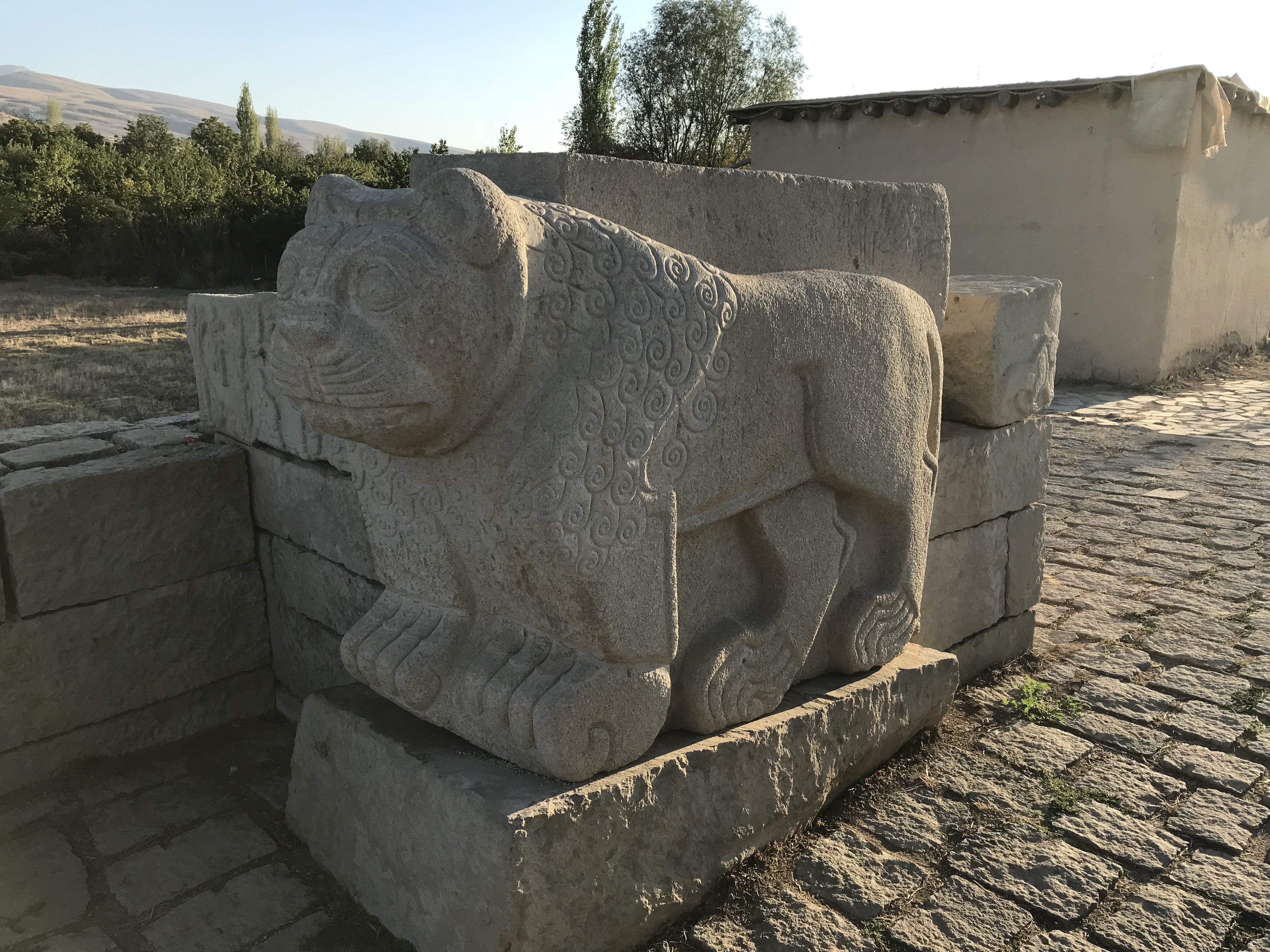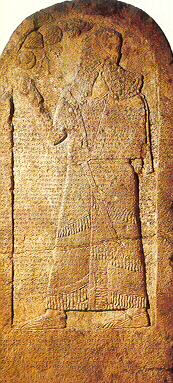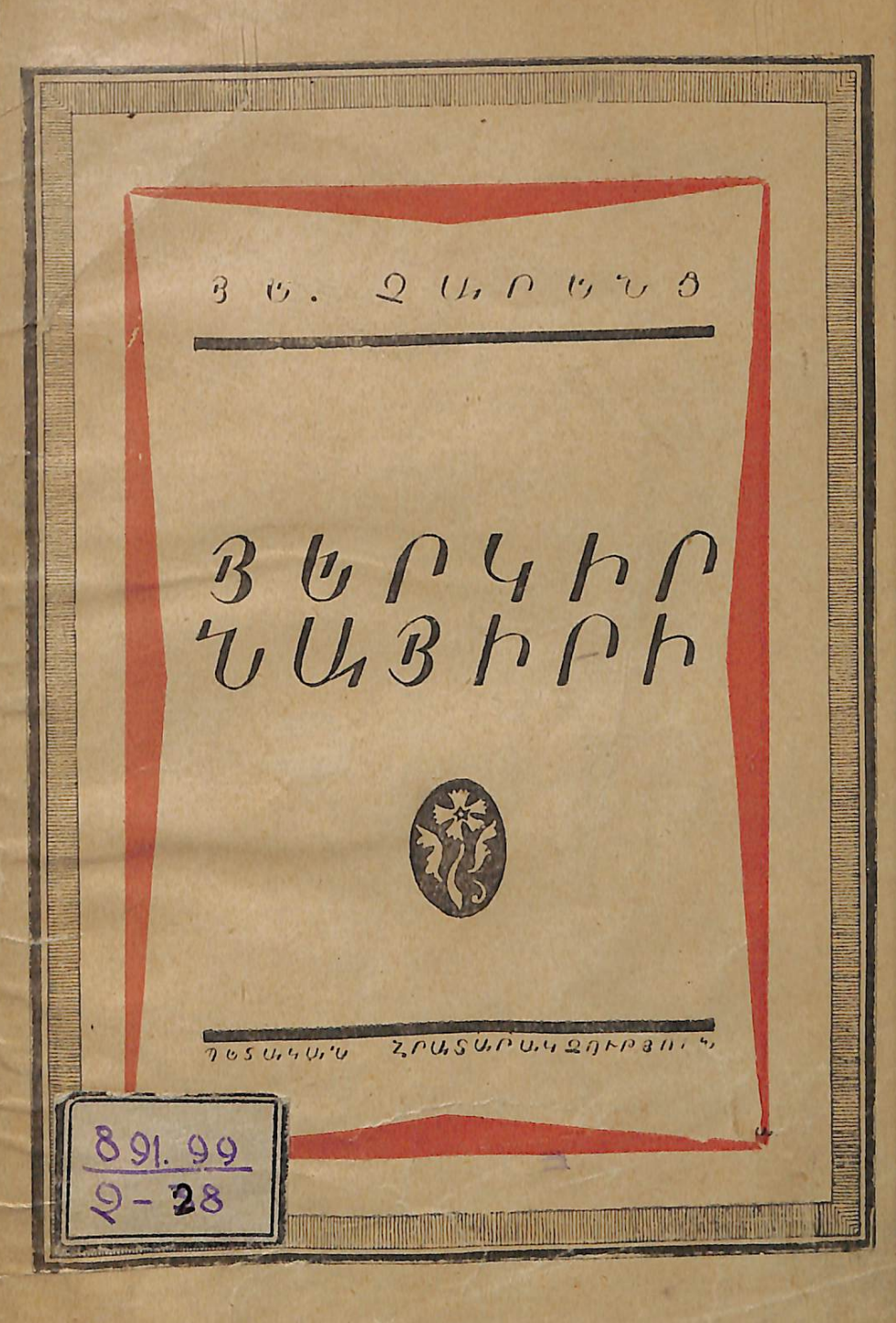|
Bīt-Burutaš
Tabal ( akk-x-neoassyr, and ), later reorganised into Bīt-Burutaš ( akk-x-neoassyr, ) or Bīt-Paruta ( akk-x-neoassyr, ), was a Luwian-speaking Syro-Hittite state which existed in southeastern Anatolia in the Iron Age. Name The name given to the kingdom by the Neo-Assyrian Empire was likely an Akkadian term meaning "bank" or "shore" of a body of water, in reference to the kingdom and region of Tabal being on the southern bank of the Halys river. Due to an absence of relevant Luwian inscriptions, the native name of the kingdom of Tabal is still unknown. Usage The kingdom of Tabal was located in a region bounded by the Halys river, the Taurus Mountains, the Konya Plain and the Anti-Taurus Mountains, and which was occupied by a cluster of Syro-Hittite states. The Neo-Assyrian Empire used the name of Tabal in a narrow sense to refer to the kingdom of Tabal and in a broader sense to designate both this larger region of which the kingdom was part of and to the other ... [...More Info...] [...Related Items...] OR: [Wikipedia] [Google] [Baidu] |
Atuna (state)
Atuna ( akk-x-neoassyr, ) or Tuna ( akk-x-neoassyr, ) was a Luwian-speaking Syro-Hittite state which existed in the region of Tabal in southeastern Anatolia in the Iron Age. Geography Location The exact location of Atuna is still unknown due to a present lack of Luwian inscriptions from the kingdom's capital, and, while the site of Zeyve Höyük, corresponding to classical Tynna, has been suggested as a possible location for the capital of Atuna, Atuna was instead likely located further north, in northern Cappadocia. Since Atuna later obtained the territory of the Tabalian kingdom of Šinuḫtu, it was likely in the region immediately south of the Halys river's southernmost bend, to the immediate north of Šinuḫtu, and to the west of the kingdom of Tabal proper and around the site which the present-day village of Bohça, which was possibly its capital and where the king Kurdis of Atuna had erected a stele. Neighbours To the north, Atuna directly bordered on the south ... [...More Info...] [...Related Items...] OR: [Wikipedia] [Google] [Baidu] |
Ištuanda
Ištuanda ( akk-x-neoassyr, ) or Ištunda ( akk-x-neoassyr, ) was a Luwian-speaking Syro-Hittite state which existed in the region of Tabal in southeastern Anatolia in the Iron Age. Geography Ištuanda was located in northern Cappadocia, in the northwestern part of the Tabalian region close to the kingdom of Atuna and near what is presently Aksaray. History Bronze Age The territory that later became Ištuanda might have corresponded to the region which was referred to in Hittite texts from the Late Bronze Age as Wašuduwanda (), which was the site of a shrine to the goddess Ḫepat. Iron Age Kingdom of Ištuanda By , the Tabalian region, including Ištuanda, had become a tributary of the Neo-Assyrian king Tiglath-pileser III, possibly after his conquest of Arpad over the course of 743 to 740 BC caused the states of the Tabalian region to submit to him, or possibly as a result of a campaign of Tiglath-pileser III in Tabal. Consequently, in 738 and 732 BCE, the king Tu ... [...More Info...] [...Related Items...] OR: [Wikipedia] [Google] [Baidu] |
Luwian Language
Luwian (), sometimes known as Luvian or Luish, is an ancient language, or group of languages, within the Anatolian branch of the Indo-European language family. The ethnonym Luwian comes from ''Luwiya'' (also spelled ''Luwia'' or ''Luvia'') – the name of the region in which the Luwians lived. Luwiya is attested, for example, in the Hittite laws. The two varieties of Proto-Luwian or Luwian (in the narrow sense of these names) are known after the scripts in which they were written: Cuneiform Luwian (''CLuwian'') and Hieroglyphic Luwian (''HLuwian''). There is no consensus as to whether these were a single language or two closely related languages. Classification Several other Anatolian languages – particularly Carian, Lycian, Lydian and Milyan (also known as Lycian B or Lycian II) – are now usually identified as related to Luwian – and as mutually connected more closely than other constituents of the Anatolian branch.Anna Bauer, 2014, ''Morphosyntax of the Noun Phrase ... [...More Info...] [...Related Items...] OR: [Wikipedia] [Google] [Baidu] |
Kayseri Province
The Kayseri Province ( tr, ) is situated in central Turkey. The population is 1,434,357 of which around 1,175,876 live in the city of Kayseri. It covers an area of 16,917 km2 and it borders with Sivas, Adana, Niğde, Kahramanmaraş, Yozgat and Nevşehir provinces. The province is an area that has been linked with mythological stories as well as important figures in Turkish history. It is located in Anatolia, and surrounded by the Mount Erciyes, the Mount Hasan and the Mount Ali. The Ali mountain is named like that in honor of Ali Baba, who is said to have lived in the area. Locals claim that Kayseri is the most peaceful city in the world. Districts History It was the residence of the Cappadocian kings and was sacked by Tigranes I, king of Armenia, in the 1st century BCE.Kayseri was first known as the city of ''Masaka''. Later, during the Roman period, the province's name was changed to ''Kaesarea'', then '' Kayzer'' before becoming known with its modern name of ' ... [...More Info...] [...Related Items...] OR: [Wikipedia] [Google] [Baidu] |
Tiglath-pileser III
Tiglath-Pileser III (Neo-Assyrian cuneiform: , meaning "my trust belongs to the son of Ešarra"), was the king of the Neo-Assyrian Empire from 745 BC to his death in 727. One of the most prominent and historically significant Assyrian kings, Tiglath-Pileser ended a period of Assyrian stagnation, introduced numerous political and military reforms and more than doubled the lands under Assyrian control. Because of the massive expansion and centralization of Assyrian territory and establishment of a standing army, some researchers consider Tiglath-Pileser's reign to mark the true transition of Assyria into an empire. The reforms and methods of control introduced under Tiglath-Pileser laid the groundwork for policies enacted not only by later Assyrian kings but also by later empires for millennia after his death. The circumstances of Tiglath-Pileser's rise to the throne are not clear. Because ancient Assyrian sources give conflicting accounts concerning Tiglath-Pileser's lineage and t ... [...More Info...] [...Related Items...] OR: [Wikipedia] [Google] [Baidu] |
Argišti I
Argishti I (), was the sixth known king of Urartu, reigning from 786 BC to 764 BC. He founded the citadel of Erebuni in 782 BC, which is the present capital of Armenia, Yerevan. Alternate transliterations of the name include ''Argishtis'', ''Argisti'', ''Argišti'', and ''Argishtish''. Although the name is usually rendered as ''Argišti'' (read: ''Argishti''), some scholars argue that ''Argisti'' is the most likely pronunciation. This is due to the belief that the Urartians used the cuneiform symbol ''š'' to voice an ''s''-sound, as opposed to representing the digraph ''sh''. A son and the successor of Menua, he continued the series of conquests initiated by his predecessors, apparently campaigning every year of his reign. He was involved in a number of inconclusive conflicts with the Assyrian king Shalmaneser IV. He conquered the northern part of Syria and made Urartu the most powerful state in post- Hittite Asia Minor. He also expanded his kingdom north to Lake Sevan, c ... [...More Info...] [...Related Items...] OR: [Wikipedia] [Google] [Baidu] |
Ḫubišna
Cybistra or Kybistra ( Ancient Greek: grc, Κυβιστρα, Kubistra; Latin: ), earlier known as Ḫubišna ( hit, , Ḫubišna; akk, , Ḫabušna), was a town of ancient Cappadocia or Cilicia. Its site is located about 10km northeast of the modern town of Ereğli in Konya Province, Turkey. It was the capital of a Luwian-speaking Neo-Hittite kingdom in the 1st millennium BCE. History Bronze Age Ḫubišna was first mentioned in the texts of the Hittite Empire, as a country located in southern Anatolia, in the part of the Lower Land corresponding to the later Classical Tyanitis. The main city of Ḫubišna was located at the site corresponding to present-day . According to the Telepinu Proclamation, Ḫubišna was one of the places which the 17th century BCE Hittite king Labarna I had conquered and over which he had subsequently appointed his sons as rulers. During the 16th century BCE, the Hittite king Ammuna carried out several military campaigns to attempt to re- ... [...More Info...] [...Related Items...] OR: [Wikipedia] [Google] [Baidu] |
Melid
Melid, also known as Arslantepe, was an ancient city on the Tohma River, a tributary of the upper Euphrates rising in the Taurus Mountains. It has been identified with the modern archaeological site of Arslantepe near Malatya, Turkey. It was named a UNESCO World Heritage Site under the name Arslantepe Mound on 26 July 2021. History Late Chalcolithic The earliest habitation at the site dates back to the Chalcolithic period. Arslantepe (VII) became important in this region in the Late Chalcolithic. A monumental area with a huge mudbrick building stood on top of a mound. This large building had wall decorations; its function is uncertain. Degirmentepe Değirmentepe, a site located 24 km northeast of Melid, is notable as the location of the earliest secure evidence of copper smelting. The site was built on a small natural outcrop in the flood plain about 40m from the Euphrates River. Early Bronze By the late Uruk period development had grown to include a large temple/pal ... [...More Info...] [...Related Items...] OR: [Wikipedia] [Google] [Baidu] |
Shalmaneser III
Shalmaneser III (''Šulmānu-ašarēdu'', "the god Shulmanu is pre-eminent") was king of the Neo-Assyrian Empire from the death of his father Ashurnasirpal II in 859 BC to his own death in 824 BC. His long reign was a constant series of campaigns against the eastern tribes, the Babylonians, the nations of Mesopotamia and Syria, as well as Kizzuwadna and Urartu. His armies penetrated to Lake Van and the Taurus Mountains; the Neo-Hittites of Carchemish were compelled to pay tribute, and the kingdoms of Hamath and Aram Damascus were subdued. It is in the annals of Shalmaneser III from the 850s BC that the Arabs and Chaldeans first appear in recorded history. Reign Campaigns Shalmaneser began a campaign against the Urartian Kingdom and reported that in 858 BC he destroyed the city of Sugunia and then in 853 BC also Araškun. Both cities are assumed to have been capitals of the Kingdom before Tushpa became a center for the Urartians. In 853 BC, a coalition was formed by 11 sta ... [...More Info...] [...Related Items...] OR: [Wikipedia] [Google] [Baidu] |
Nairi
Nairi (Traditional Armenian Orthography, classical hy, Նայիրի, ''Nayiri'', Reformed Armenian Orthography, reformed: Նաիրի, ''Nairi''; , also ''Na-'i-ru'') was the Akkadian language, Akkadian name for a region inhabited by a particular group (possibly a confederation or league) of tribal principalities in the Armenian Highlands, approximately spanning the area between modern Diyarbakır, Diyabakır and Lake Van and the region west of Lake Urmia. Nairi has sometimes been equated with Nihriya, known from Mesopotamian, Hittite, and Urartian sources. However, its co-occurrence with Nihriya within a single text may argue against this. Prior to the Late Bronze Age collapse, Bronze Age collapse, the Nairi tribes were considered a force strong enough to contend with both Assyria and Hittite New Kingdom, Hatti. If Nairi and Nihriya are to be identified, then the region was the site of the Battle of Nihriya (c. 1230 BCE), the culminating point of the hostilities between Hittites ... [...More Info...] [...Related Items...] OR: [Wikipedia] [Google] [Baidu] |
Tiglath-pileser I
Tiglath-Pileser I (; from the Hebraic form of akk, , Tukultī-apil-Ešarra, "my trust is in the son of Ešarra") was a king of Assyria during the Middle Assyrian period (1114–1076 BC). According to Georges Roux, Tiglath-Pileser was "one of the two or three great Assyrian monarchs since the days of Shamshi-Adad I". He was known for his "wide-ranging military campaigns, his enthusiasm for building projects, and his interest in cuneiform tablet collections". Under him, Assyria became the leading power of the Ancient Near East, a position the kingdom largely maintained for the next five hundred years. He expanded Assyrian control into Anatolia and Syria, and to the shores of the Mediterranean Sea. From his surviving inscriptions, he seems to have carefully cultivated a fear of himself in his subjects and in his enemies alike. The beginning of Tiglath-Pileser's I reign, laid heavy involvement in military campaigns, as suggested from translated texts from the Middle Assyrian period ... [...More Info...] [...Related Items...] OR: [Wikipedia] [Google] [Baidu] |



